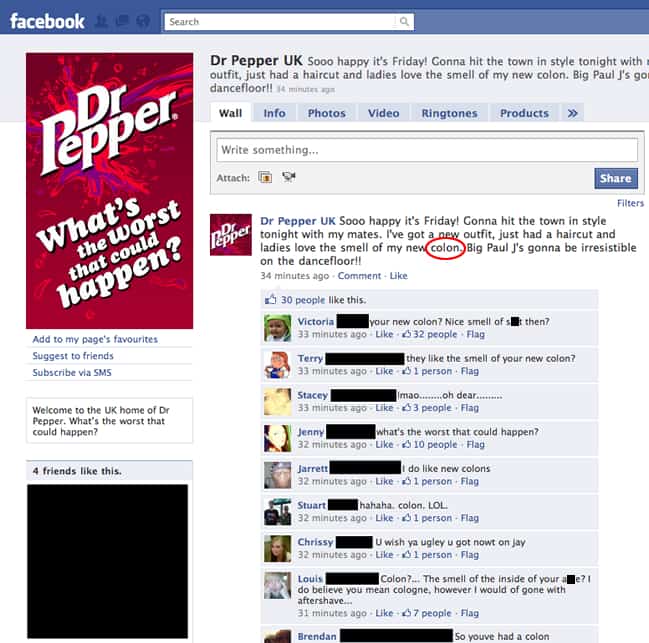
Our society has become too busy. We’ve also become too accustomed to multitasking. Why wake up, enjoy a cup of coffee, read the paper and then take a shower when we can do it all at once instead? We sip our morning coffee while perusing the daily news at the same time we cruise Facebook to see what our friends are up to, and we answer work emails at the same time we’re applying makeup or doing our hair.
Since we are trying to do it all at once, we tend to do the quickest and most basic forms of our tasks, and because of this, our grammar is suffering. Rather than create email responses that use correct grammar, we instead throw grammar to the wind. Our email has no punctuation, no capital letters—everything just flows together as one long run-on sentence. But poor grammar doesn’t end with email, it’s actually even worse on social media sites, where acronyms such as LOL, OMG and SML have become an everyday occurrence.

It seems as if these acronyms and grammatical errors were created with the Internet. Email and social networking lack grammar, but they’re not the only culprits. Websites and blogs are also ignoring grammar. Maybe it’s due to how fast we generate content for these items, maybe it’s just plain laziness, or maybe we’re so accustomed to the newfound shorthand that we simply forgot how to use correct grammar.
Is poor grammar a good habit?
Absolutely not. Just because it’s used more often does not mean that it’s correct. Having a website or blog with poor grammar is bad for your company. Not taking the time to produce good content shows that you don’t produce quality work. If you don’t take the time to ensure your website is perfect, visitors will assume the same about your product or service? Why would you take the time to give them something of quality if you won’t take the time to do it for yourself?
Poor grammar also hinders your web visitors’ ability to understand what your website is saying. If your content is written poorly, users will not be able to decipher your message. This can leave them confused and even irritated, and they will find a website they can understand.

Also, because we live in a fast-paced world, web visitors tend to scan over your web content looking for the information they want. Having correct grammar allows your readers to scan and read at a faster pace. If your content is poorly written, it will slow users down. And if they can’t easily find what they are looking for, they will turn to a site that’s easier to navigate.
Good grammar is also important for your website’s SEO ranking. The better your grammar, the higher search engines will rank you. This will help Internet users locate your website when using search engines. If your website is full of poor grammar, your site will not be ranked appropriately, and you will lose out on potential customers.
Will the Internet Make Grammar Obsolete?
Though people tend to use poor grammar more often on the Internet, it will not make good grammar obsolete. We still need to utilize good grammar in other aspects of our life. Books, white papers, medical journals—all of these medias require good grammar to keep their audience accurately informed.
Social media sites and emails may continue to be chock-full of misspellings and no punctuation, but good grammar should be implemented on all websites or blogs. If your website is poorly written, you will miss out on plenty of sales opportunities. Plus, having content that is rich in keywords is great for your search engine ranking, and having great grammar in general is good for your readers’ comprehension.

We should really try to rid the world of poor grammar. Maybe if we make an effort to use it, more people will jump on the bandwagon.
And you, what do you think? Will the internet make grammar obsolete?
Want to learn more?
If you’d like to become an expert in UX Design, Design Thinking, UI Design, or another related design topic, then consider to take an online UX course from the Interaction Design Foundation. For example, Design Thinking, Become a UX Designer from Scratch, Conducting Usability Testing or User Research – Methods and Best Practices. Good luck on your learning journey!
(Lead image: Depositphotos)
